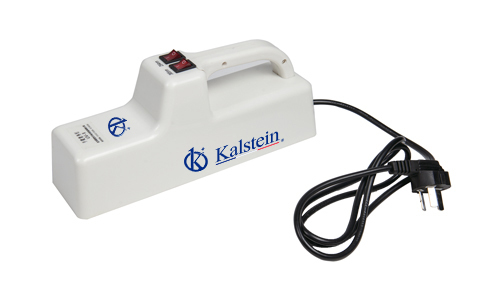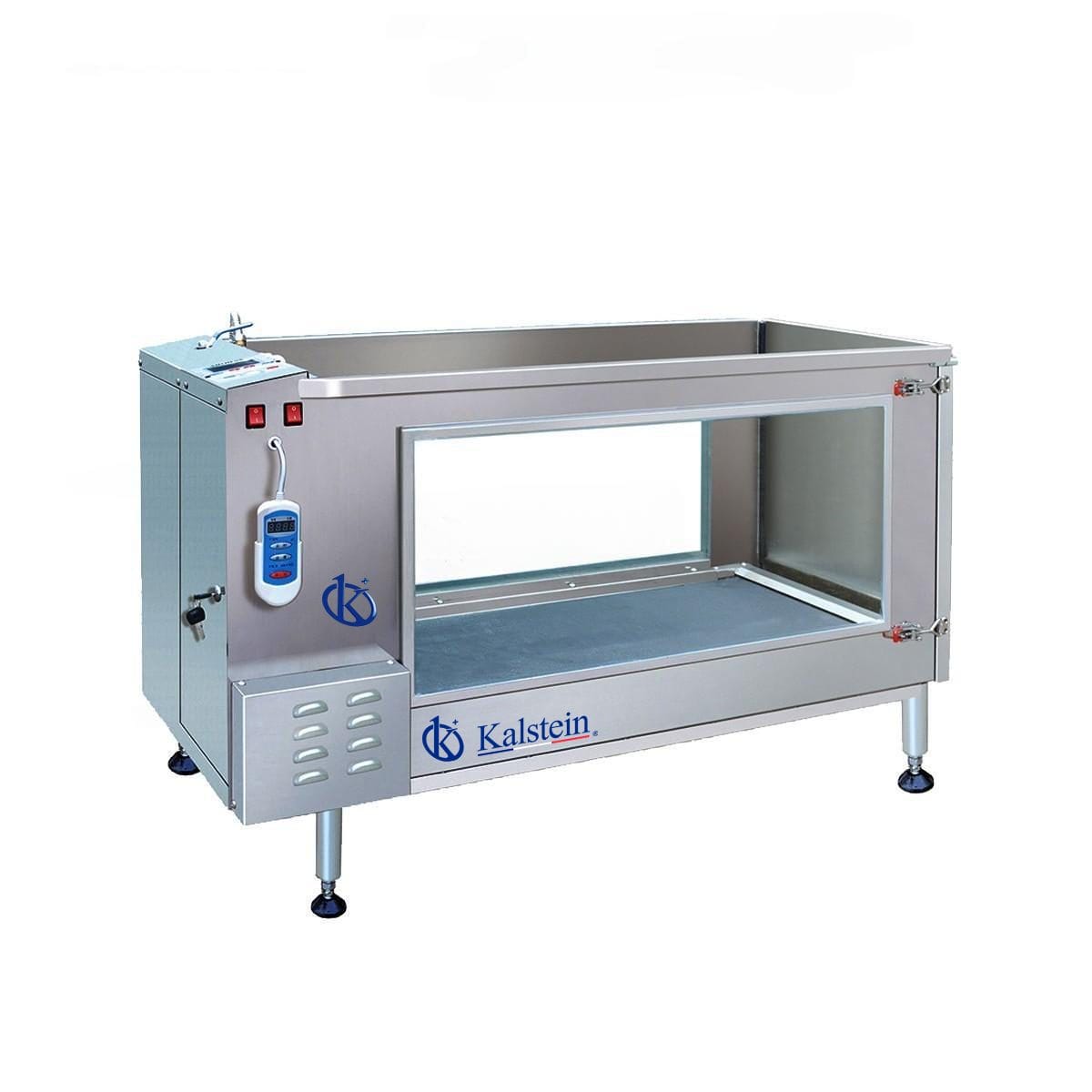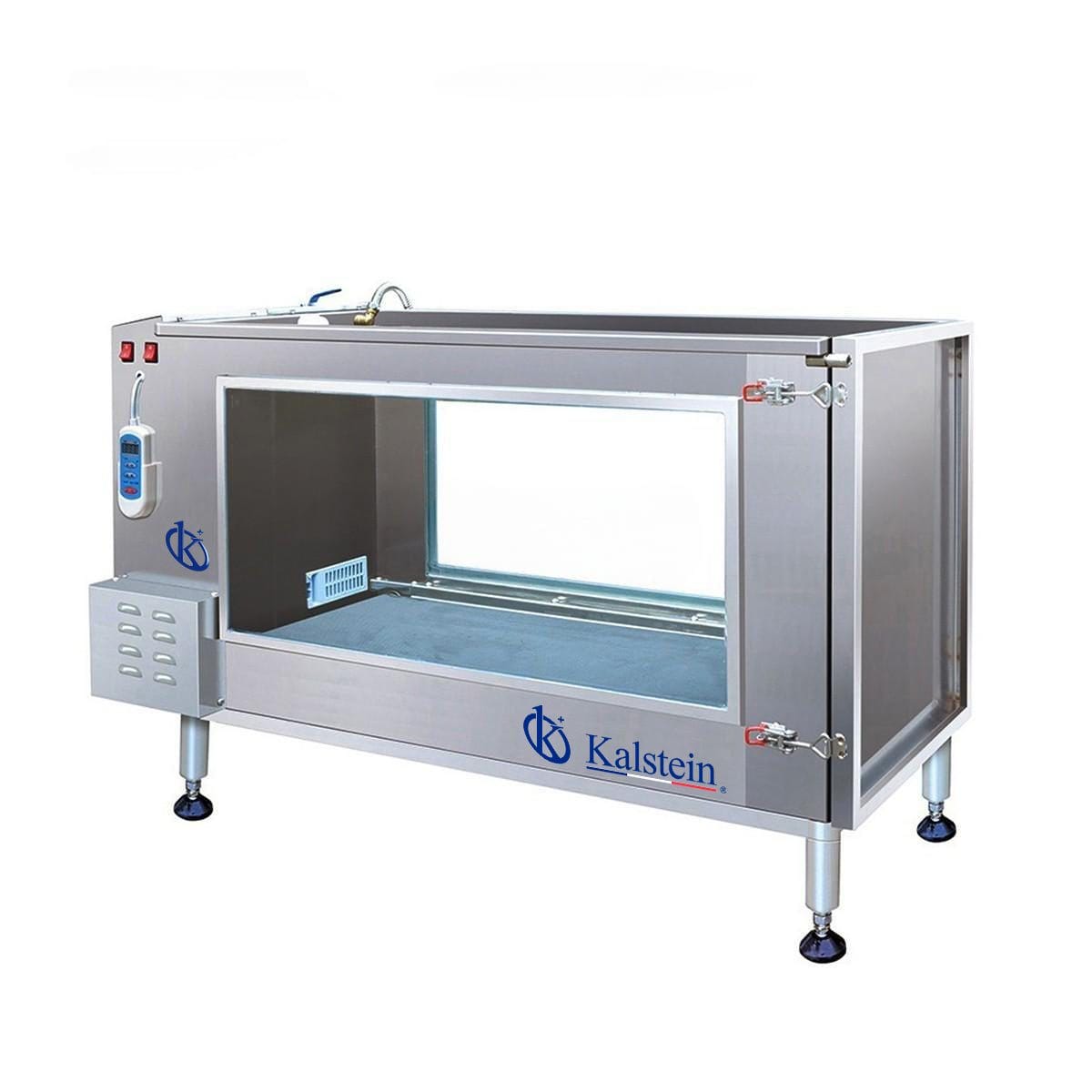The laboratory space is full of ingenious and specialized equipment; one of these is the UV transilluminator. This effective tool is used to visualize particles that become visible in ultraviolet light waves.
However, the proper implementation and use of a transilluminator can be challenging for those unfamiliar with its operation. Implementing this ultraviolet device in your laboratory is a three-step process: selecting the right equipment, installing it correctly, and learning how to use and maintain it properly.
Selecting the right transilluminator
The first step in implementing equipment for the laboratory is to select the right one. The UV transilluminator you choose will depend on the specific needs of your laboratory. There are several models available on the market, each with its own unique features. Some factors to consider when making this decision include the wavelength range required, the image resolution and accuracy needed, and the size of the equipment.
It is important to remember that not all transilluminators are the same. Some are designed for specific applications, such as imaging nucleic acids or fluorescently labeled proteins. It is crucial to purchase equipment that fits your lab’s needs to maximize its usefulness.
Installing the UV transilluminator in the laboratory
Once you have selected the right UV transilluminator for your lab, the next step is installation. This machine shares common elements with regular equipment, so you don’t need a special technician to install it. However, you need to pay attention to the manufacturer’s specific recommendations and follow the installation instructions provided.
First, make sure that the laboratory has sufficient space for the equipment. Once this is ensured, place it in an area that is free of obstructions on the top and sides, this consideration allows for adequate ventilation and will prevent overheating.
Use and maintenance of the UV transilluminator equipment
The third step is to learn how to properly use and maintain the equipment. It is important to remember that working with ultraviolet light can be dangerous if proper precautions are not taken. Proper training should be provided to personnel, ensuring that they understand how to properly operate the equipment to preserve its condition and ensure user safety.
To keep the equipment in good condition, regular maintenance is essential. This includes cleaning the equipment after each use, verifying that all parts are functioning properly, and making adjustments when necessary. By mastering these aspects, you will be on your way to getting the most out of your UV transilluminator, improving the efficiency and performance of your lab.
What we offer you at Kalstein
We at Kalstein are a manufacturer of laboratory equipment, we are pleased to invite you to visit our high-end products, with updated design and advanced technology; know our transilluminators HERE, you will find the YR models that are available for your purchase, we also have a new 3D platform that has unlimited versatility, present in over thirty countries worldwide, publish with us without language restrictions, with shipping plans, be seen, you’re more.



